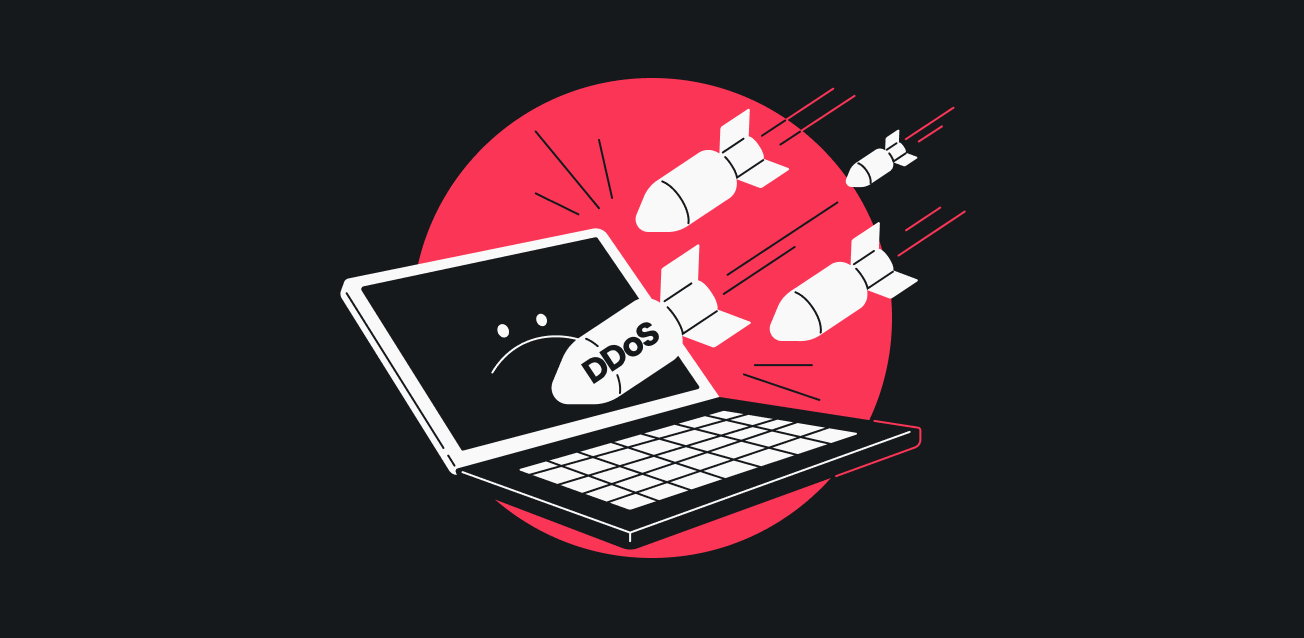The digital landscape has witnessed a significant evolution in Distributed Denial of Service (DDoS) attacks, becoming a major concern for organizations and individuals alike. These malicious assaults, aimed at overwhelming services and rendering them inaccessible, have evolved in sophistication, scale, and frequency. As the internet becomes increasingly integral to business operations, the motivations and methods behind DDoS attacks have also diversified, prompting a need for a deeper analytical perspective on current trends. This article explores the patterns of DDoS attacks in 2023 and offers effective strategies for mitigation.
Understanding the Surge: DDoS Attack Patterns
The last years has seen a noticeable surge in DDoS attacks, driven largely by the increased availability of DDoS-for-hire services, commonly known as “booter” or “stresser” services. These platforms allow individuals with minimal technical knowledge to launch massive attacks for a fee, democratizing access to DDoS capabilities. Consequently, the volume of attacks has skyrocketed, with reports indicating a threefold increase in the number of attacks compared to previous years. The ease of access to such services lowers the entry barrier, allowing amateur hackers to disrupt operations across various sectors.
Moreover, the tactics employed in DDoS attacks have evolved. Attackers are now leveraging multi-vector strategies, combining traditional volumetric attacks with more sophisticated techniques such as application layer DDoS (L7) attacks. These multifaceted approaches target specific applications and services, maximizing disruption while complicating mitigation efforts. The rise of IoT devices has further contributed to the problem, as these often poorly secured devices can be easily hijacked and incorporated into botnets that execute larger scale attacks, amplifying their impact on targeted organizations.
Additionally, the motivations behind DDoS attacks have diversified. While financial gain remains a primary driver, hacktivism, political agendas, and corporate rivalry are increasingly influencing the landscape. Groups with ideological motivations may launch attacks as a form of protest or to undermine competitors. This trend not only complicates the threat landscape but also underscores the need for organizations to understand the specific risks they face and the potential motives of their adversaries.
Mitigating Risks: Effective Strategies Against DDoS Threats
In light of the rising trends in DDoS attacks, organizations must adopt comprehensive and proactive strategies to mitigate risks. One effective approach is the implementation of robust traffic monitoring and anomaly detection systems. By continuously analyzing traffic patterns, organizations can identify unusual spikes indicative of an impending attack. Early detection allows for rapid response strategies to be activated, potentially preventing the attack from causing significant disruption.
Another vital strategy involves leveraging cloud-based DDoS protection services. These services can absorb large volumes of traffic, helping to filter out malicious requests before they reach the target server. By distributing traffic across a global network of servers, organizations can minimize the impact of an attack, maintaining service availability even during high-pressure situations. Many cloud providers now offer security solutions integrated with their services, making it easier for organizations to enhance their defenses without significant additional investments.
Finally, organizations must prioritize employee training and awareness as part of their defense strategy. Ensuring that staff members understand the nature of DDoS attacks and the importance of cybersecurity can create a more vigilant organizational culture. Regular drills and updates on emerging threats can empower employees to respond effectively to potential incidents, reducing the risk of successful attacks. By fostering a comprehensive approach that combines technology, strategic planning, and human factors, organizations can significantly bolster their defenses against the evolving threat of DDoS attacks.
The landscape of DDoS attacks continues to evolve at an alarming pace. The increasing accessibility of attack tools and the growing sophistication of tactics present formidable challenges. Organizations must remain vigilant, investing in advanced detection systems, cloud-based protections, and ongoing employee training. By adopting a proactive approach and understanding the nuances of current DDoS trends, businesses can better prepare themselves to mitigate risks and maintain operational integrity in an ever-changing digital environment.



